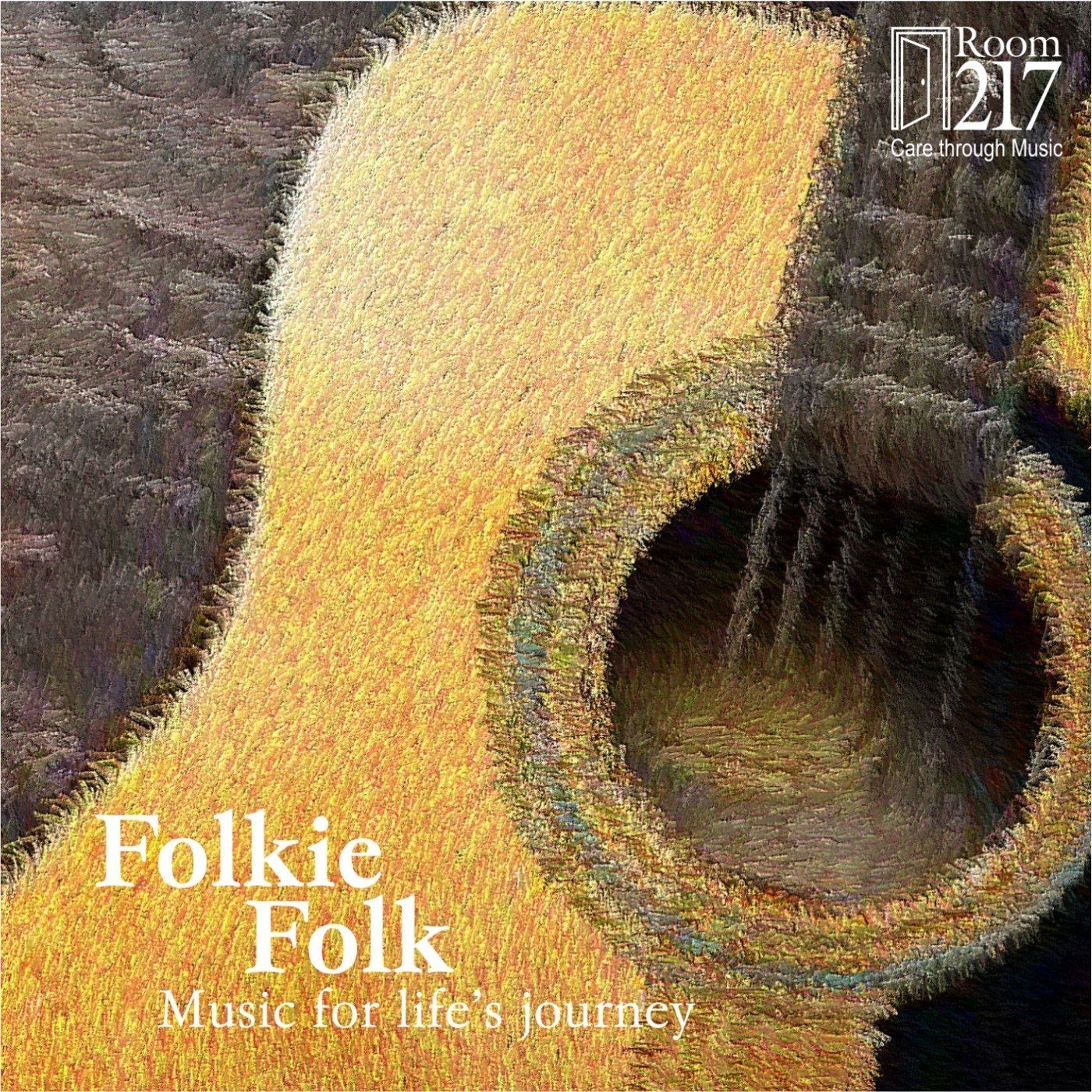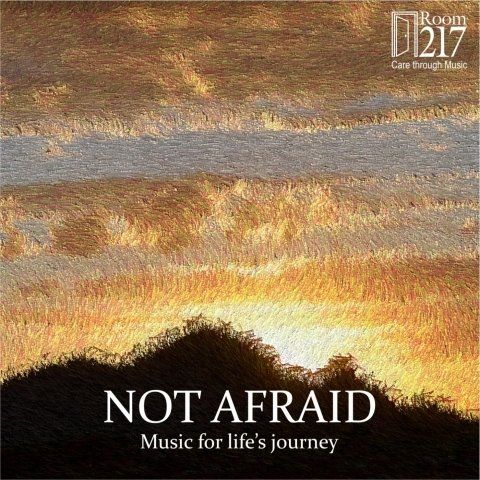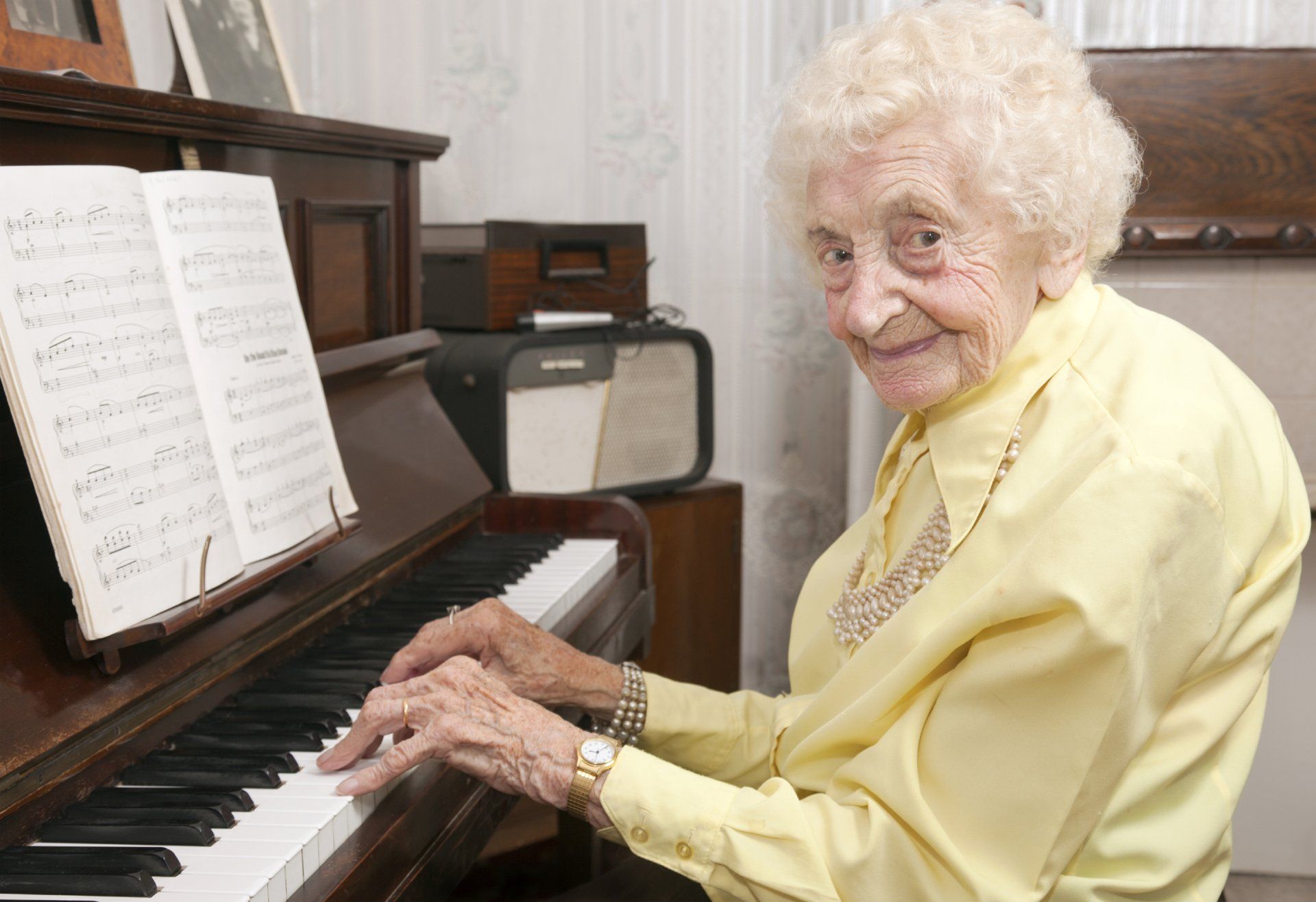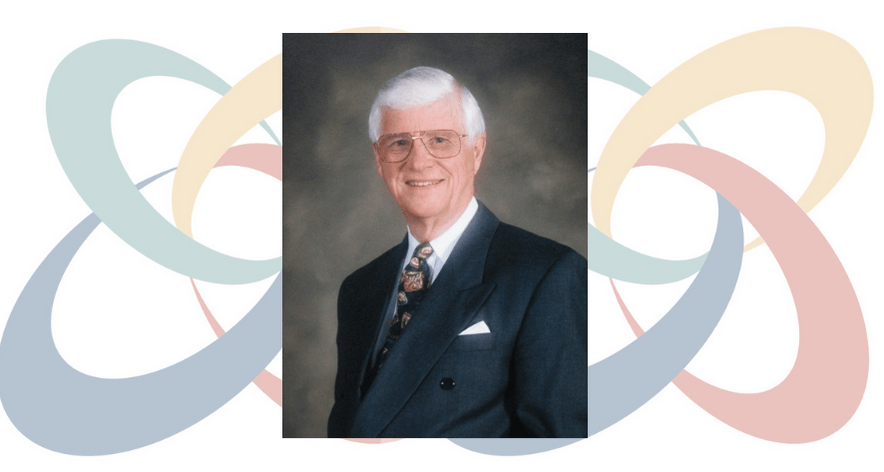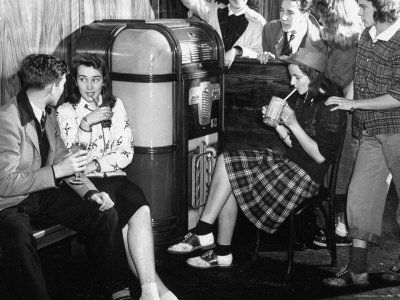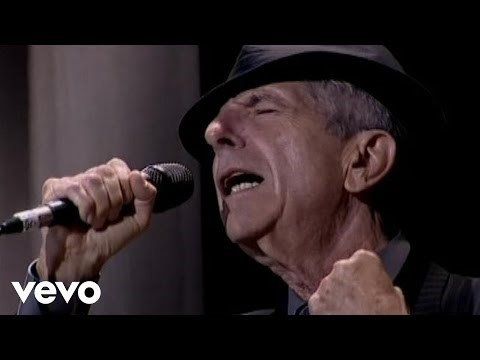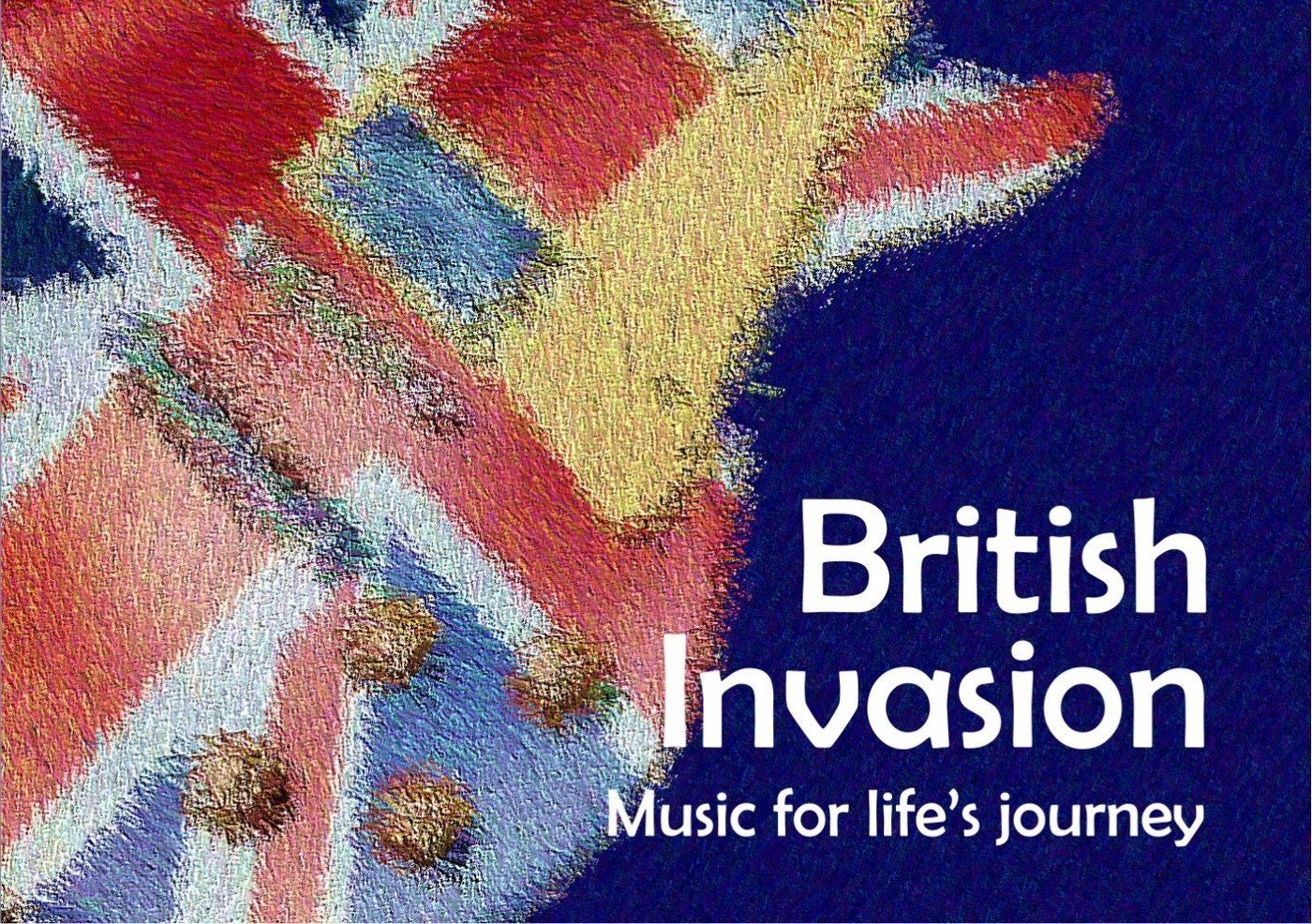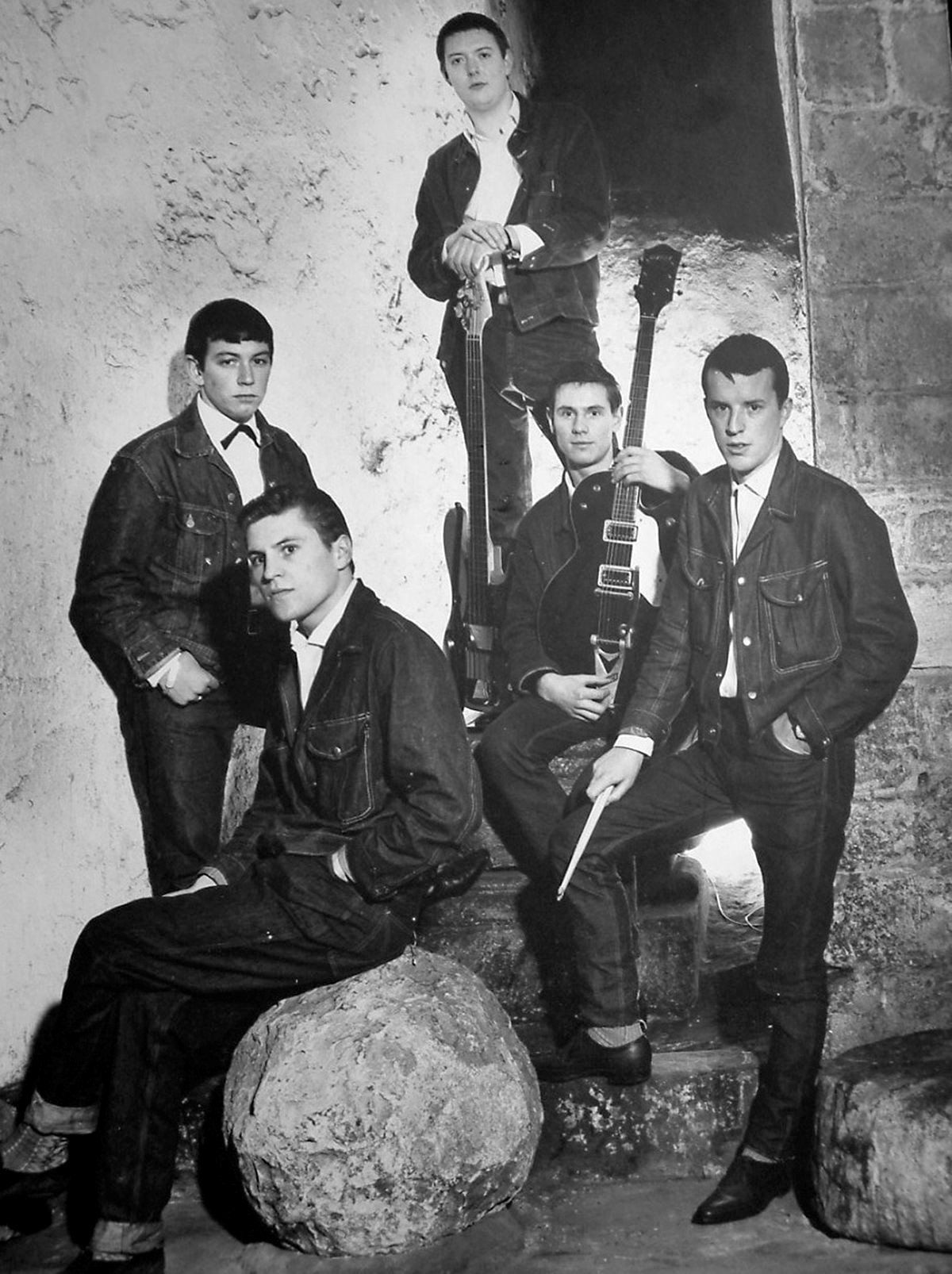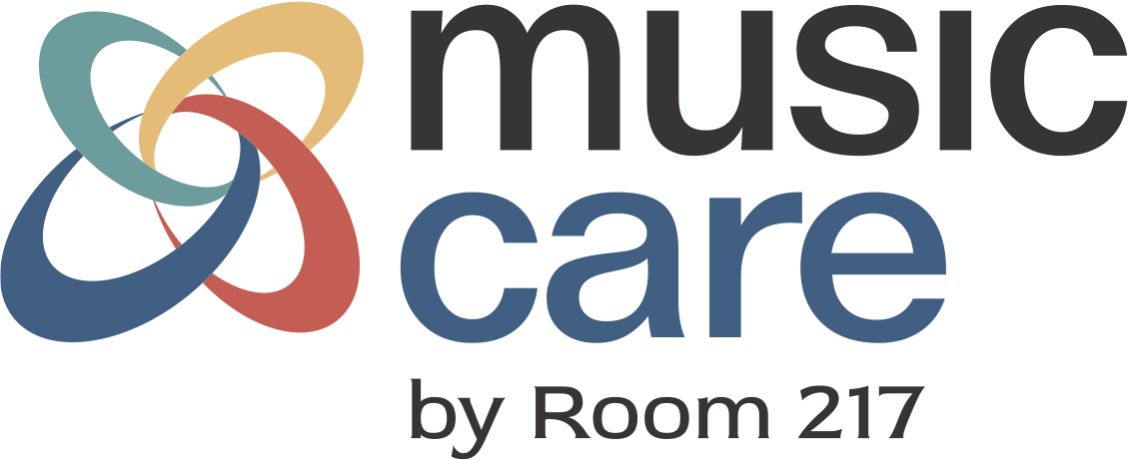Singing and the Power of Connection
After the birth of my third child, I began to feel the onset of post-partum depression taking hold again. Having tried antidepressants after the birth of my second child, and experiencing uncomfortable side effects, I hoped to fight this time around with something more therapeutic – the question was, “what?” My husband knew about Inshallah, a community choir [in Waterloo, ON], that sang worship songs from all around the world. He asked me, “What kind of a choir do you want to sing in?”
I responded: “A choir that moves.”
I joined Inshallah one month later. Attending my first rehearsal was like slowly sinking into a deep, warm bubble bath. I began to remember myself, the things that made me feel alive, the music and prayers that connected me to God. Rehearsals were therapeutic through the texts of the songs. The accompanying drums, piano, strings – and of course, the movement. Movement was encouraged, but not choreographed – it was free-flowing and authentic.
Post-partum depression lasts about seven months for me, and the four-month choir season helped me through the toughest of the seven months. In the last rehearsal, I sang a short solo line, and realized that it symbolized finding my voice and owning myself within the group, something that has been difficult in my [Mennonite] culture, where unity is seen to come through sameness, not diversity.
Knowing how this choral experience impacted me, I am now contemplating ways to adapt it, just enough to share it with my Mennonite community. My husband is a composer and choir director and it could be something we do together. I believe these prayer songs would speak deeply to our community, and it would be a way of sharing the rich experience of a cappella singing. I’m excited about brainstorming this and moving it into the future.
This story was submitted by Janelle Glick during the MCCP Pilot Level 2 course in November, 2014. Janelle, a mother of 3, is currently enrolled in the Masters of Divinity program at the Seminary of Wilfrid Laurier University. She was met with an emotional response when she read this story aloud to the MCCP class, and later on at the Music Care Conference in Waterloo. This moving story speaks to the impact of singing to connect us to ourselves and to each other.


